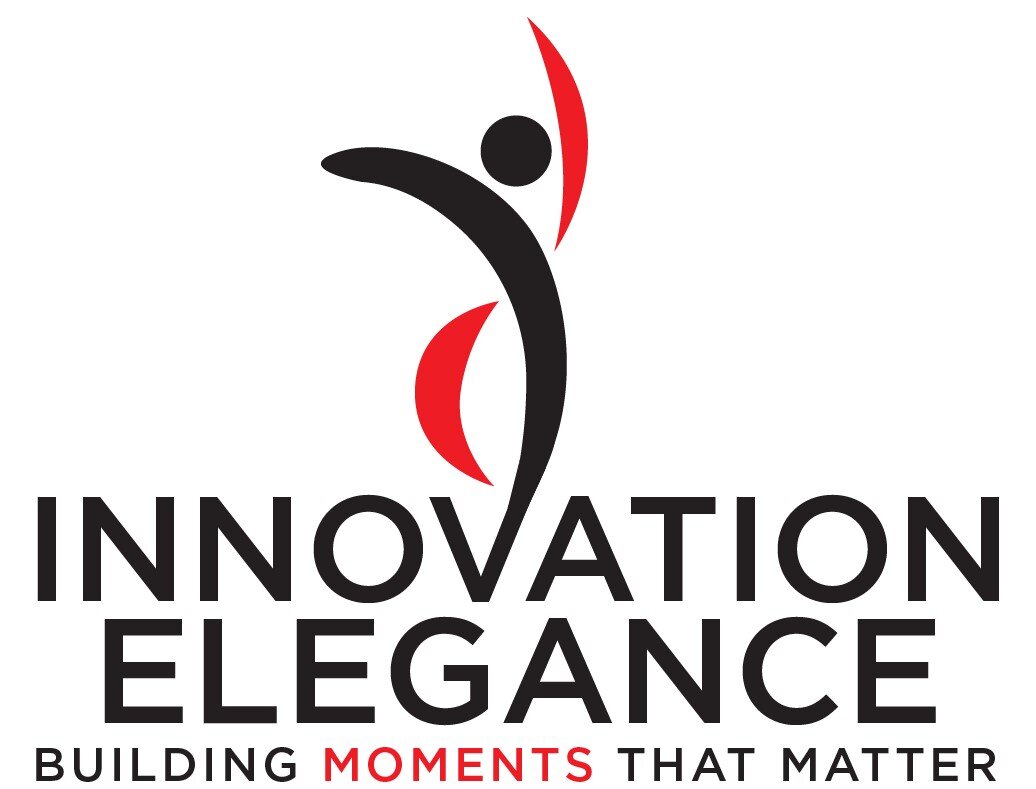Improve Your Culture’s Elasticity
“Go that way, really fast. If something gets in your way, turn.”
When you are on the dance floor, elasticity is a good thing. The extremes of rigid and limp movement are bad things. It’s the same for your culture. There are a few things to monitor and manage in your culture to make sure you innovate with elasticity.
Idle Work
If you have a lot of work that feels stuck in bottlenecks, traffic jams – in-flight or unstarted – you have idle work. Typically, this coincides with workers feeling overworked, frantic, and burned out. A modest amount of idle work is normal and OK. But high idle work with zero idle workers is unhealthy. It is not “lean.” You’re just understaffed, and you serve customers slowly. You are in a rigid environment, and you are ill-prepared to respond to new information and changes in the market.
Idle Workers
If you have numerous workers that are underchallenged, wander outside their lane, or make up pet projects to stay busy, you have idle workers. Your innovation factory is a limp place. A modest level of idle workers is normal and healthy, since people need time to train, travel (vacation), and tend to emergencies outside the office. But sustained, high levels of idle workers is a waste of talent, learning, and growth. If you can’t assign the talent to improving a customer experience, an employee experience, or something profitable, play matchmaker for them so they can go somewhere else and contribute.
Modest levels of both idle work and idle workers are normal, healthy, and elastic. High amounts of either indicate rigidity or limpness. Elasticity means you are ready for positive and negative surprises – market surprises and opportunities.
Balanced Innovation Pipeline
You build your innovation pipeline and record it on your roadmap. You sequence projects based upon expected marginal profit. Then you judge a quantity of projects to have in-flight at the same time. The most elastic quantity is where the marginal profitability of the least compelling project is close to zero. This way, any market disruption minimizes stakeholder disruption and frustration. The work to suspend is the least profitable work. Take an example where your best seven projects are profitable, and your eighth best project is likely not profitable. If you learn something new and need to pivot, it’s best to suspend Project 7 and maybe also Project 6 in order to 1) minimize customer surprise and 2) minimize employee surprise. If you had only five projects going on at the time of pivot, cancelling the much more profitable Project 5 or even Project 4 is much more painful for your customers and your employees.
Elasticity is having a normal routine that handles disruption with ease.
Spontaneous Options for Employers
Employers want maximum fluidity to hire and fire on their own terms. The gig economy contributes to this fluidity. Job change surprises are becoming less surprising. The Elegance methodology contributes to fluidity by easing the learning curve, building transferable skills, and reducing the need for emergency, outside consultants. The Elegance methodology combats the quagmire of Verb Sprawl, meeting gridlock, and email overload. The methodology promotes a straightforward Five Verbs and sixty assets.
Spontaneous Options for Employees
This website and the upcoming book are forms of innovation onboarding. These skills are needed wherever innovation takes place – which is everywhere. These skills are needed wherever projects take place – which is everywhere. Employees who like options favor career security over job security. Career security is elastic. This table compares job security and career security.
Blaming A Hiring Decision
When a new team member doesn’t work out, it’s common and convenient to blame the situation on a hiring decision. I think this is misplaced. Smart, well-intended people should be able to succeed anywhere where expectations are clear. When someone doesn’t work out, it’s because expectations were ambiguous. Intelligent people don’t work out because you have methodology debt which sets people up for failure. The person had too much rope, and they hung themselves.
Elasticity means you have the appropriate methodology rigor. Employees know where they have freedom and where they do not. Either the methodology prevents serious, negative surprises or it neglects governance. If your methodology is neglectful, your employees’ work is likely too rigid or too limp.
If you have bad hires, you ignore elasticity, and you bring unnecessary vulnerability to yourself. For healthy elasticity, you must have sufficient structure, governance, and boundaries to prevent dismissible events.
To attain healthy elasticity, get a firm grasp on what qualifies as rigid and what qualifies as limp. Keep idleness modest, keep a balanced pipeline, keep attractive alternative assignments nearby, and bolster your methodology so you are unable to have a bad hire. With elasticity, you handle market surprises with elegance and grace!






